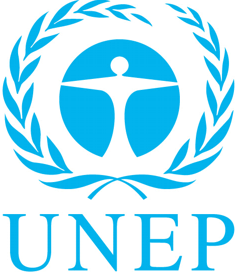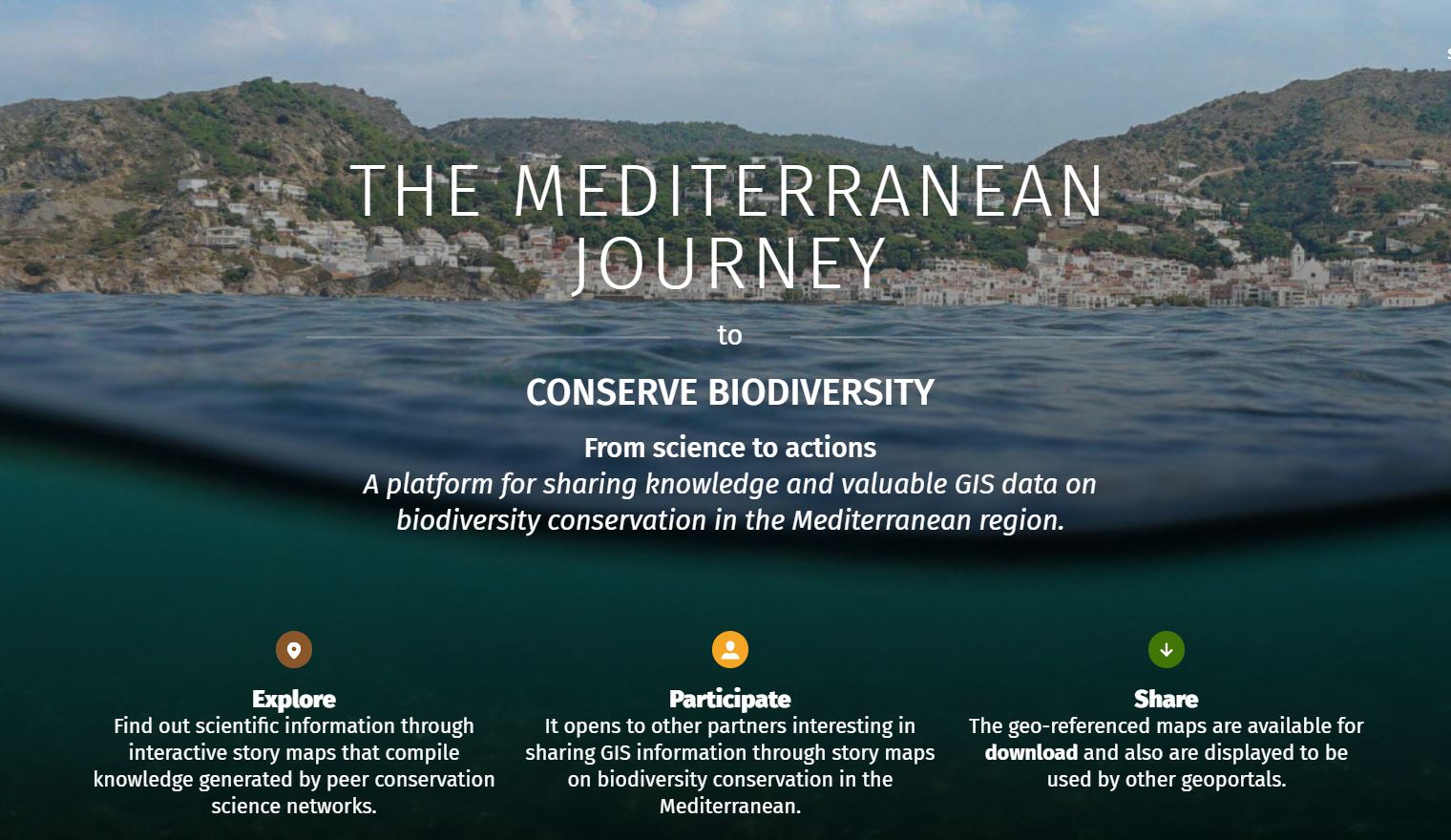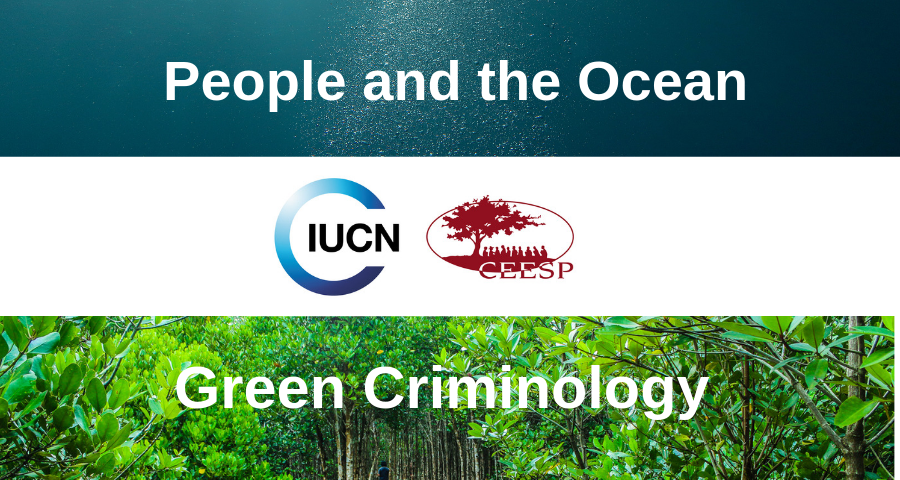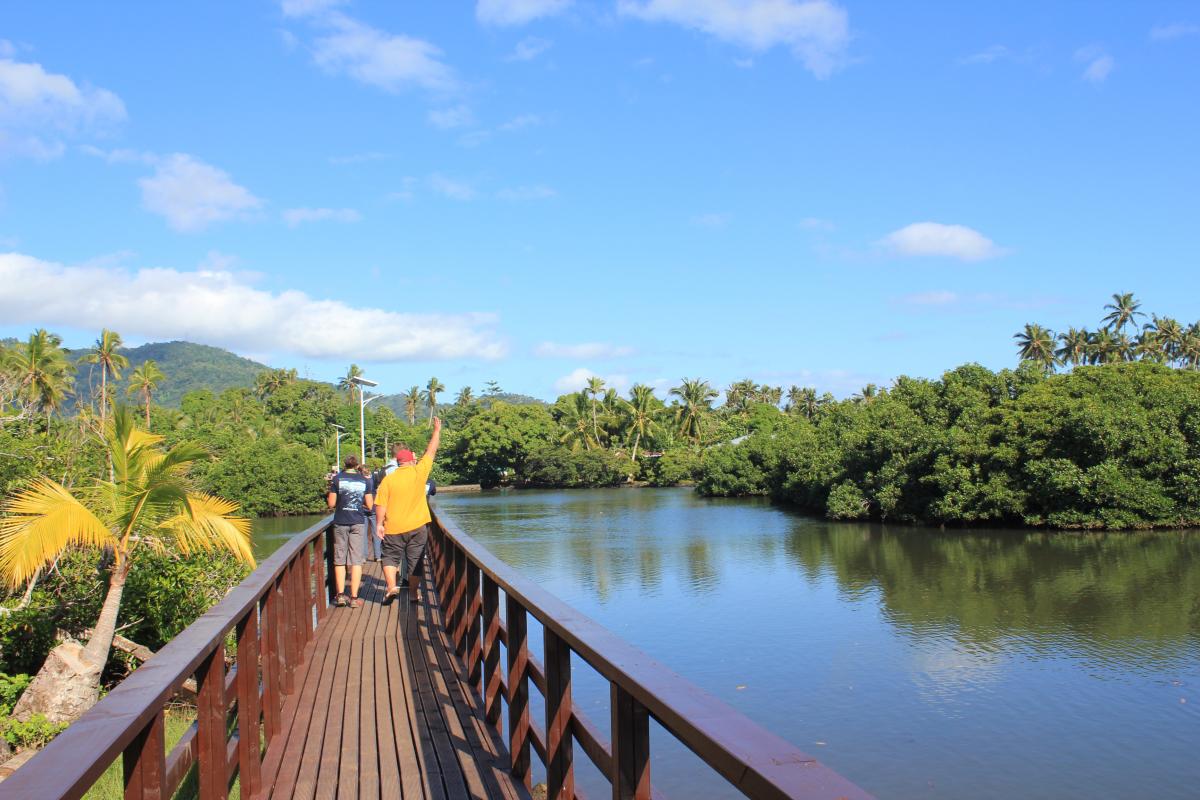Planning a Holiday? ProtectedPlanet.net Takes You to 150,000 of the World’s Most Spectacular Nature Sites
Interactive Website Uses ‘Citizen Science’ to Boost Global Interest in Protected Areas

Photo: UNEP
Nagoya / Cambridge (U.K.), 19 October 2010
Moving from the breathtaking fjords of western Norway to Australia’s only active volcanoes, touring 150,000 of the world’s protected areas from an armchair is now possible with the click of a mouse.
The United Nations Environment Programme (UNEP) has joined forces with the International Union for the Conservation of Nature (IUCN) to create protectedplanet.net – an interactive, social media-based website that provides in-depth information on both the leading lights and hidden gems of the conservation world.
Using the latest satellite images, users can pinpoint individual protected areas – such as national parks or marine reserves - and zoom in for information on endangered species, native plant life or types of terrain.
Protected Planet also offers visitors the opportunity to upload photographs of their trips to protected areas, write travelogues of what they saw and experienced for Wikipedia and recommend places of interest nearby—information that can be shared through social networking sites such as Facebook, Twitter and Flickr.
This in turn might inspire others to make the journey, thus bringing much needed income to communities in often poor and sometimes remote areas of the globe.The Ecotourism industry is growing fast and currently captures $77 billion of the global tourism market. As concern about global warming increases, more tourists than ever are opting for eco-friendly holidays, including visits to protected areas. According to Travel Weekly magazine, sustainable tourism could grow to 25% of the world’s travel market by 2012, taking the value of the sector to approximately $473 billion a year.
Achim Steiner, UN Under-Secretary General and UNEP Executive Director, said: “National parks and protected areas represent one key and successful response to conserving and managing this planet’s nature-based assets. And in a way that can generate revenues and livelihoods for local communities. Indeed by some estimates, $1-$2 billion of global tourism is linked to the world’s network of around 150,000 protected sites”.“
But the benefits of well-managed tourism are currently uneven with some parks popular magnets for tourists and others hidden gems that are relatively unknown. Protected Planet has the potential to change this by bringing the world’s protected areas into a living room near you. So whether you are a government official or a scientist or a citizen looking for a holiday of a lifetime, click on www.protectedplanet.net for a new adventure,” he added.
Nik Lopoukhine, Chair of IUCN’s World Commission on Protected Areas, said: “National parks and protected areas in many ways support life as we know it on planet Earth. ProtectedPlanet.net will help identify and communicate the many values of protected areas to the world, including for carbon and freshwater, ensuring that the support base for these areas will be broadened.”
The disparity between popular parks and rarely visited ones is highlighted by the Annapurna Conservation Area in Nepal.
Containing some of the highest peaks in the world, Annapurna is Nepal’s largest protected area. Its snow-capped peaks and mountain lakes can be viewed on protectedplanet.net.
Between 2000 and 2004, Annapurna received over 260,000 visitors, generating US$7 million in revenue. A share of the income went towards conservation projects with local partners.
Protectedplanet.net, launched today at the 10th Meeting of the Parties to the Convention on Biological Diversity, offers an ‘Explore the World’ function where users can take an online visit to several protected areas.
Alongside familiar names such as the Serengeti in Tanzania or Yellowstone National Park in the United States, there are thousands of lesser-known sites that attract far fewer visitors.
Take the Monte Cristi National Park in the Dominican Republic, for example. Travel websites describe a remote site off the tourist radar, yet a quick scan on protectedplanet.net reveals diverse habitats of mangroves and beaches with abundance of birdlife, including pink-coloured spoonbills, pelicans and the magnificent frigatebird – a species renowned for its scarlet throat pouch that inflates like a balloon during mating season.
“Protectedplanet.net is about harnessing technology for biodiversity conservation. It showcases the beauty of protected areas and motivates anyone who discovers it to help, from a tourist to a government official”, says Craig Mills, Project Manager of Protected Planet from UNEP’s World Conservation Monitoring Centre (WCMC). “There is a huge network of people interested in protected areas out there that we haven’t been tapping into, protectedplanet.net provides the place and the tools for them to get involved and do their part”, he added.
As well as being an information mine for tourists, protectedplanet.net will also offer downloadable information on protected areas for governments, scientists and NGOs working on conservation. Online reports from tourists and visitors including sightings of species have the potential to strengthen that work.
Protectedplanet.net brings together information from all over the internet, including species data from the Global Biodiversity Information Facility (GBIF), protected area descriptions from Wikipedia, photos from Panoramio and Flickr and Google maps. The website also expands on the World Database on Protected Areas currently managed by UNEP-WCMC.
Protectedplanet.net applies an innovative, ‘Web 2.0’ approach to conservation and will be a powerful tool to help monitor future biodiversity targets. With half a million photos already on the site, protectedplanet.net has the potential to supply vast amounts of biodiversity information to the global community and, most importantly, to prove that it has never been easier for one person to make a difference to conservation.
Notes to Editors
Protected Planet can be found at http://protectedplanet.net
Tourism and Protected Areas
Natural and cultural resources in protected areas (e.g. biodiversity, landscape and recreational values, scenic views and open spaces) are an important driver of tourism, the world’s largest industry. Over 40% of European tourists surveyed in 2000 included a visit to a national park in their travels.
In New Zealand, economic activity from conservation areas on the west coast of South Island led to an extra 1,814 jobs in 2004 (15% of total jobs), and extra spending in the region of US$ 221 million/year (10% of total spending), mainly from tourismIn
Bolivia, protected area tourism generates over 20,000 jobs, indirectly supporting over 100,000 people
About UNEP-WCMC
UNEP-WCMC is the specialist biodiversity information and assessment centre of the United Nations Environment Programme (UNEP), run collaboratively with WCMC, a UK charity, based in Cambridge, U.K. UNEP-WCMC’s mission is to evaluate and highlight the many values of biodiversity and put authoritative biodiversity knowledge at the centre of decision-making. Since its establishment in the 1970s, the Centre has been at the forefront of the compilation, management, analysis and dissemination of global biodiversity information, and has an outstanding record of achievement’.
About IUCN
IUCN is the world’s oldest and largest global environmental network with more than 1,000 government and NGO member organizations and almost 11,000 volunteer scientists in more than 160 countries.It supports scientific research, manages field projects all over the world and brings governments, non-government organizations, United Nations agencies, companies and local communities together to develop and implement policy, laws and best practices. IUCN's Programme on Protected Areas administers the World Commission on Protected Areas (WCPA) - the world's premier network of protected area expertise. WCPA has over 1,400 members, spanning 140 countries. For more than 50 years, IUCN and WCPA have been at the forefront of global action on protected areas.
For More Information Please Contact:
Nick Nuttall, UNEP Spokesperson/Head of Media, on +254 733 632755, E-mail: nick.nuttall@unep.org
Charles Besancon, Head of Protected Areas Programme, UNEP-WCMC on +44 7872542101, E-mail: charles.besancon@unep-wcmc.org
Zoe Wilkinson, IUCN Protected Areas Programme Officer, +41 79 897 6014, E-mail: zoe.wilkinson@iucn.org



